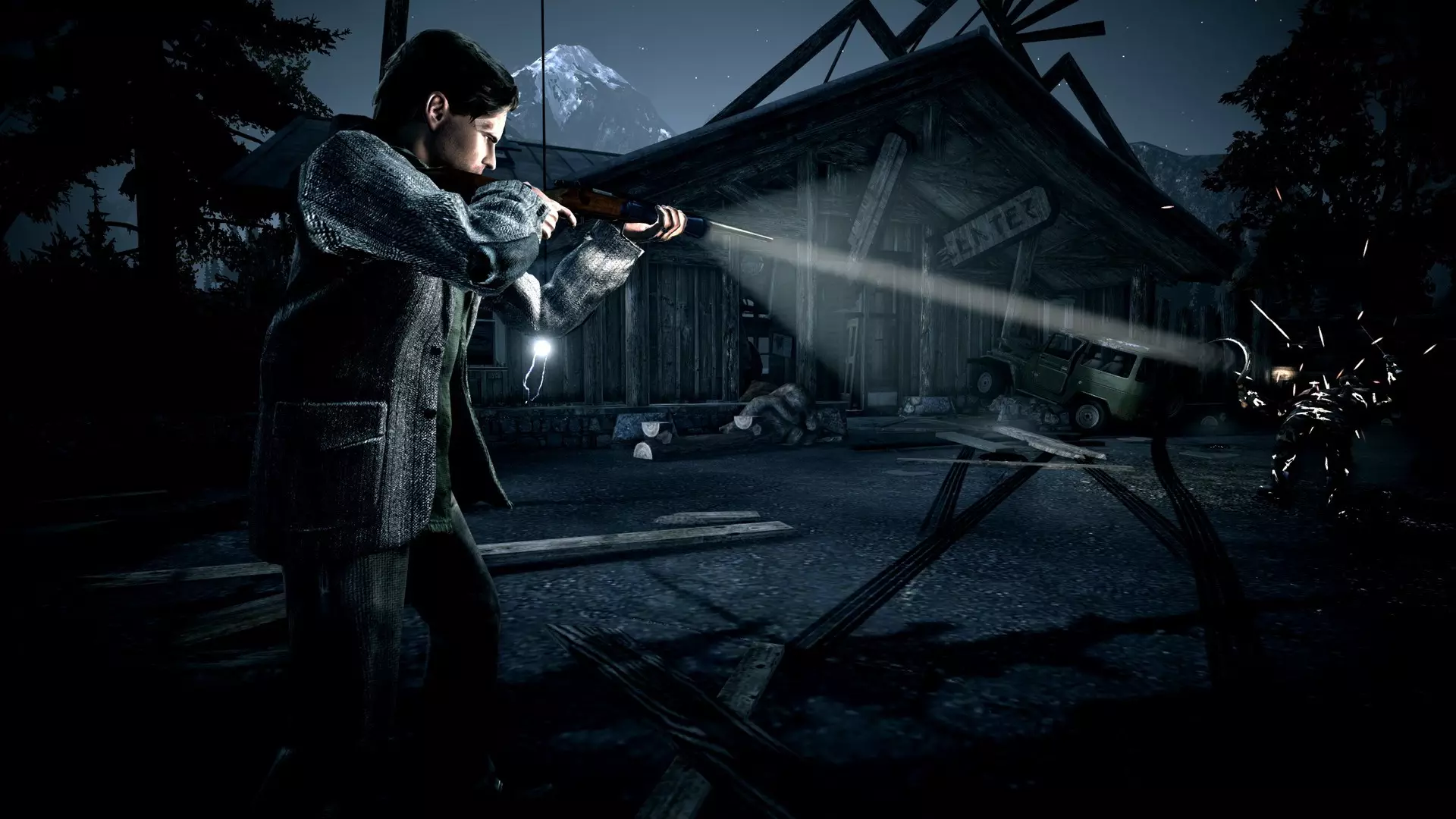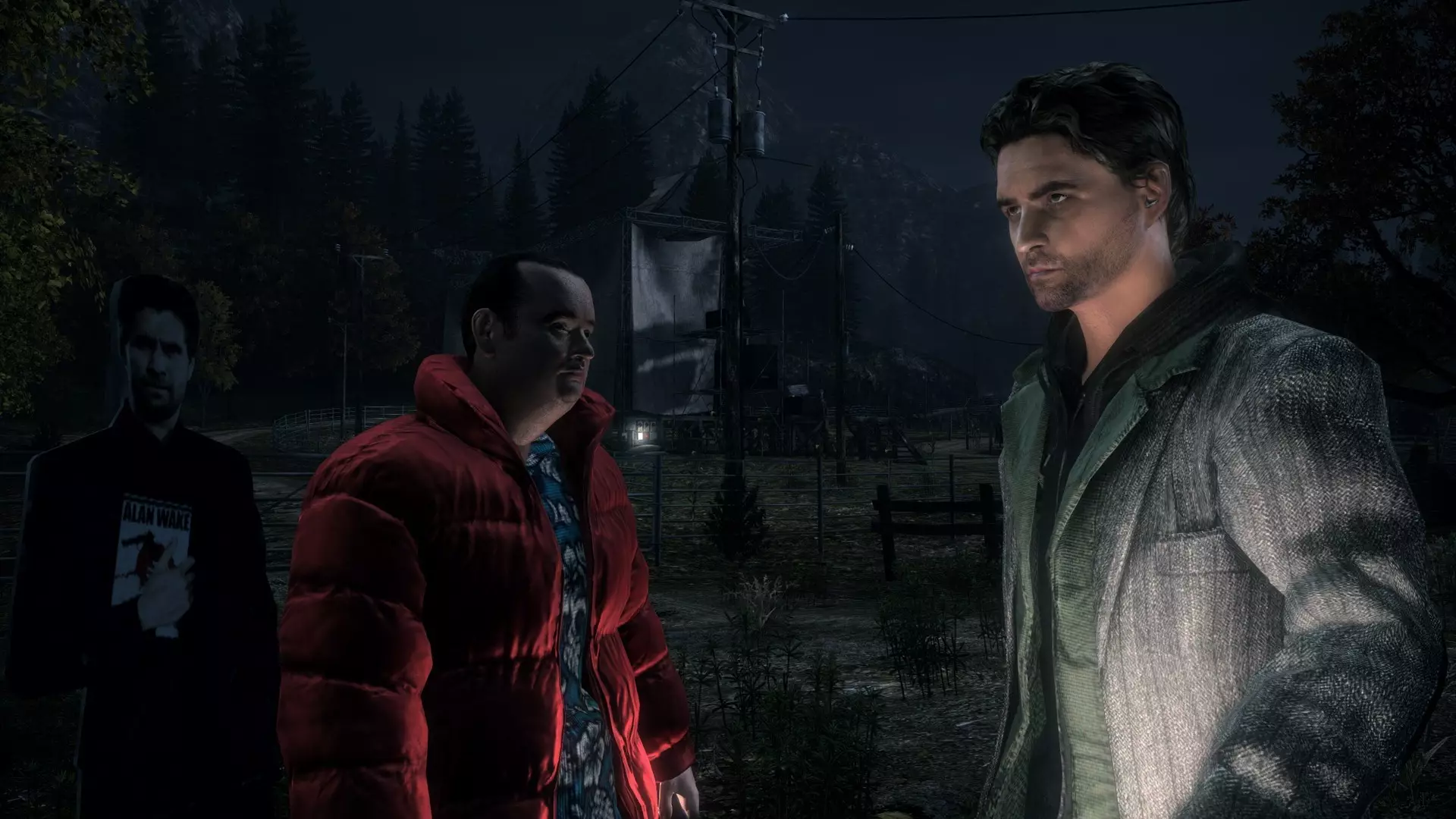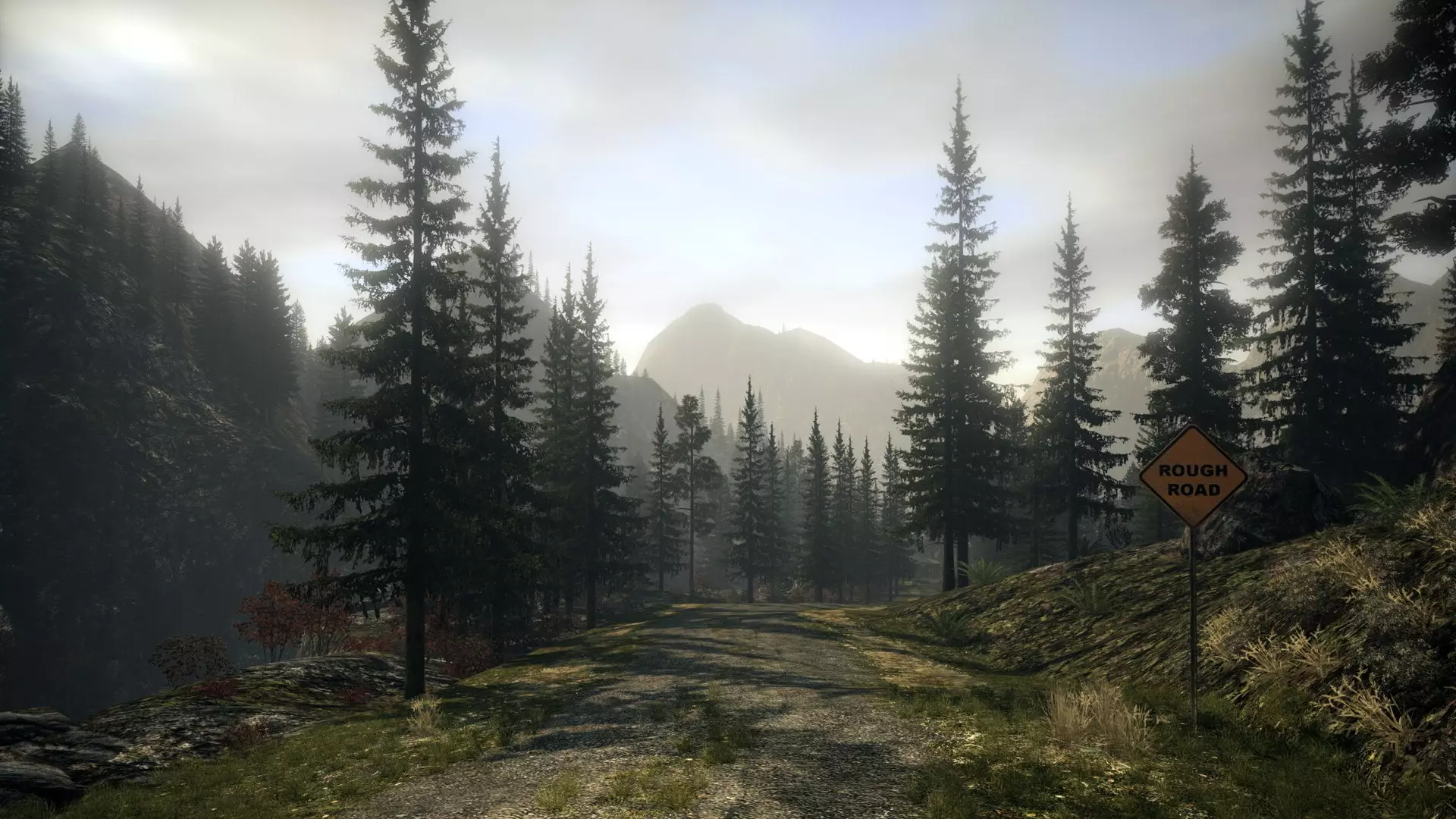
Alan Wake is a very good video game that is now, today, May 14th, celebrating its 10th anniversary. Congratulations to all involved. A cult favourite with a great reputation perhaps in excess of actual sales, Remedy Entertainment's 2010 game has gone on to influence the Finnish studio's subsequent output: there are references to it and its titular character in both 2016's Quantum Break and 2019's Control (GAMINGbible's game of the year). The next piece of Control DLC, Expansion 2: AWE, is expected to dig even deeper into what ties Alan Wake's world and the events that unfold within it with that of the Oldest House and Jesse Faden.
A tight, linear thriller structured into six episodes, Alan Wake is constantly pushing the player and its writer's-block-afflicted author protagonist forward, from the initially tranquil surroundings of Bright Falls into supernatural horror and beyond, to a dimension that most definitely isn't like the one outside your window. I loved it at the time and have played it again in more recent years, where it's stood up pretty admirably in comparison to more contemporary, current-gen 'action-adventure' titles. And I just might slip that 360 disc into my Xbox One this weekend, to toast its tenth anniversary.
But did you know that the Alan Wake that came out in May 2010 wasn't the Alan Wake that its makers at Remedy had originally envisioned? Somehow, until just recently, I had no idea that the initial plan for Alan Wake was something with a lot more player freedom, and rather less strict, streamlined pacing. It'd entirely passed me by that Remedy's first pitch, which the studio made public and showed off at E3 2005 (and then again in 2006 at an Intel showcase), was for an open-world game where Alan explored Bright Falls in the vein of a Grand Theft Auto game.
Advert
In 2010 conversations with the now-defunct gaming website Joystiq, then-managing director of Remedy Matias Myllyrinne (now at Redhill Games) and the studio's then-head of franchise development Oskari 'Ozz' Häkkinen (now at Epic Games) talked about their original vision - and how they came to realise that the resources they had simply couldn't achieve it.

"We announced it as an open-world game, and that was a mistake," Häkkinen told Joystiq writer Xav de Matos. "We're not even shy to say it. Remedy is a humble group of people, and we will say it was a mistake. It was a box-tick back then, that was a trend: 'open world', 'free roaming', and 'sandbox' was the way to go. We tried that for about six months, trying to get the pacing right of a thriller in an open-world setting. When you have the player turning up to a love scene in a monster truck when they should be showing up in a Cadillac, you know something's wrong."
Myllyrinne expanded on this to writer Ludwig Kietzmann. "It was a difficult decision to walk away from the sandbox," he said, "but it was absolutely the right one. We had it working - there was nothing stopping us from doing it other than it just didn't gel right. For a thriller, you want a heart-pounding thrill ride. You want to control the pacing. You want to have foreshadowing: you show the knife on the table, the camera pans away, the knife's gone. And delivering that in a sandbox just wasn't working."
Advert

Since Alan Wake, Remedy really has doubled-down on the story side of its games, leaving the open-world exploration mostly behind. Sure, Control allows you to explore the Oldest House, with some metroidvania-like systems in place to open up new areas only when you're prepared for them; but the studio hasn't tried to replicate the wide open spaces created by studios like Rockstar, CD Projekt Red and Ubisoft. Speaking to Gamesradar+ in 2017, Alan Wake co-writer Mikko Rautalahti reaffirmed that Remedy had to sacrifice freedom for a more focused narrative.
"If you look at what we do in Alan Wake with the environment, the atmosphere and the music, try to imagine that in an open world setting," he told writer Matthew Pellet. "Let's say you're going to that meeting with the bad guy at Lovers' Peak. The soundtrack fires up, the fog starts to roll across the hills, there's something rustling in the undergrowth. But then the player decides that what they really want to do right now is some logging missions. What do we do? Do we stop building the atmosphere and reset the environment? We can do that. It's not difficult from a technical standpoint. But the atmosphere just isn't gonna survive that. We learned that the hard way."

Advert
It's no secret that Remedy is keen on reviving Alan Wake - the character, the stories, and that universe in a way that the studio's other games can't do the same justice to. Prototype gameplay went public five years ago, and when GAMINGbible visited Remedy in the summer of 2019, just before the release of Control, creative director Sam Lake was animated and excited about the possibility of bringing Wake back in a big way.
But it's probably safe to say that the team has learned from its attempts, even though they were some 15 years ago, at realising an open-world environment for its brand of storytelling. So as and when there is a proper Alan Wake sequel, none of us should be holding our breath for an open-world experience.
Featured Image Credit: Remedy Entertainment